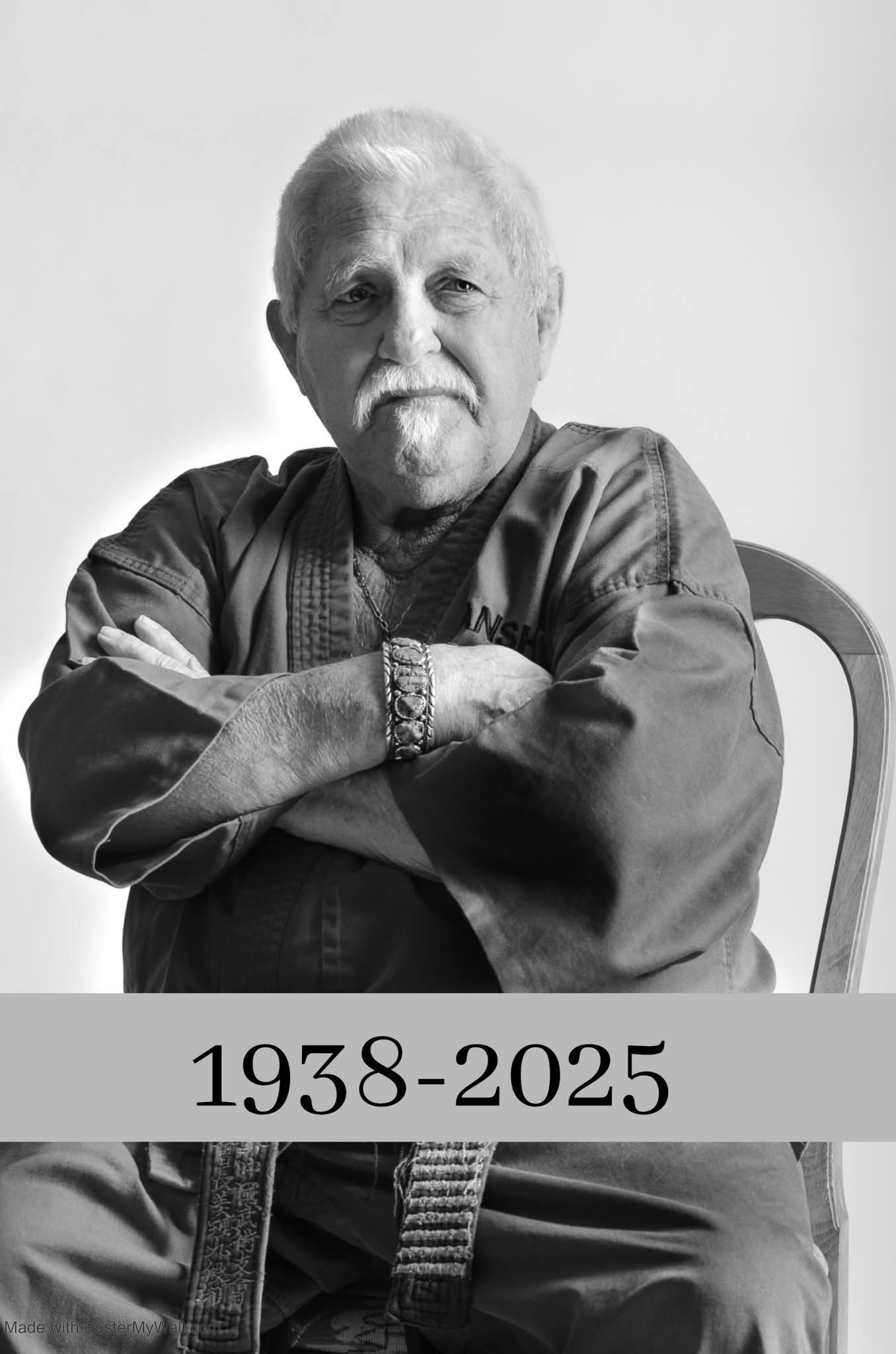 Sometimes, a person’s life is like a novel—but the life story of Dr. Imre Harnos is far more than that: it is a tale of struggle, perseverance, a longing for freedom, and exemplary teaching, all woven together.
Sometimes, a person’s life is like a novel—but the life story of Dr. Imre Harnos is far more than that: it is a tale of struggle, perseverance, a longing for freedom, and exemplary teaching, all woven together.
He was born on November 12, 1938, in Dunaharaszti, Hungary, and already in his childhood sensed that life was more than just a series of everyday challenges. His father, a military officer, fought in the war and later became a leader in the resistance against communism. As a child, Imre absorbed the ideals of freedom and resistance. Despite constant fear, he was already helping underground movements at the age of 12—under constant surveillance by the KGB.
Sports became the first ray of hope in his life when he began wrestling and judo. His mentors were legendary figures: Sándor Soós, Dr. Ferenc Galla, and Olympic champion Lajos Keresztes. Imre quickly stood out with his talent, earning a black belt in judo by the age of 16.
In October 1956, his desire for freedom erupted and he joined the revolution. He was captured, wounded, lost friends—but miraculously managed to escape to Austria. He later continued his journey in France, where he met Olympic wrestler József Kovács, who reintroduced him to the world of martial arts. In Paris, he earned black belts in both Shotokan Karate and Ju-Jitsu in a short time.
After leaving Europe, he found his true home in Australia. He took on various jobs—shoemaker, hairdresser, barber, projectionist—while continuing his martial arts studies. In 1957, he opened his first dojo in Sydney, and later founded another in the university town of Armidale, which grew to a membership of 2,000. He earned degrees in physical education and child psychology there, while also delving deeper into martial arts philosophy and healing methods. He worked as a spinal specialist and naturopath.
His martial arts career was exceptionally rich. He earned high ranks in many styles: 10th Dan in Zen Bu Kan Kempo, 7th Dan in Okinawan Karate-Do, 8th Dan in American Ju Jitsu, and additional high ranks in Dae Myong Judo, Kyokushinkai, and Ryukyu Kenpo.
As a professional fighter in the world of shootfighting, he won 72 of 74 matches—continuing to fight even with injuries that would have brought down most others. These battles showcased not only his physical endurance but also a mental state where giving up simply wasn’t an option.
He founded his own martial arts style, Zen Bu Kan Karate, to replace the rigidity of traditional Japanese instruction with a more open and understanding approach. According to Dr. Harnos, the key to teaching is patience, encouraging questions, and fully supporting the personal development of the student.
The Zen Bu Kan Kempo system—born from the vision of Grandmaster Dr. Imre Harnos—was one of the first modern martial arts reform and restoration efforts that aimed to reunite real combat practicality with the deep spiritual essence of martial arts.
Through his martial path, Imre gained deep insights into the contemporary state of martial arts. Troubled by a growing sense of emptiness, he concluded that modern materialism had made martial arts overly consumer-friendly and marketable, overshadowing values that had endured for millennia. He saw the need to redefine the role of the warrior.
Over the decades, he reformed the martial arts grading system, introducing initiation challenges that emphasized not only physical and technical competence, but also character development. He sought unwavering integrity as the true hallmark of the highest martial rank—and subordinated all physical expectations to this philosophy.
According to Dr. Harnos, becoming a true martial arts master is not just about perfecting physical techniques, but about rediscovering oneself, and placing acquired strength and knowledge in the service of wisdom, ethics, and inner harmony. To him, the true mission of Zen Bu Kan Kempo was to elevate the martial artist from harshness toward a softer, spiritual dimension—not following the “victory at any cost” principle, but the deeper, peaceful philosophy of “Yield to win.” Thus, the warrior becomes a servant of balance in the world, both physically and spiritually.
Since 1962, Imre lived in a happy marriage with Margaret Elizabeth Mullins. They had two daughters, Anikó and Marika, who gave them seven grandchildren. He retired from active martial arts at the age of 65 but continued to teach and hold seminars in Hungary for years.
His life was not only a martial arts achievement but a lasting example of freedom, perseverance, forgiveness, and teaching—something from which we can all learn.
(Péter Keresztesi , ZBK Kempo 3rd dan degree black belt)
